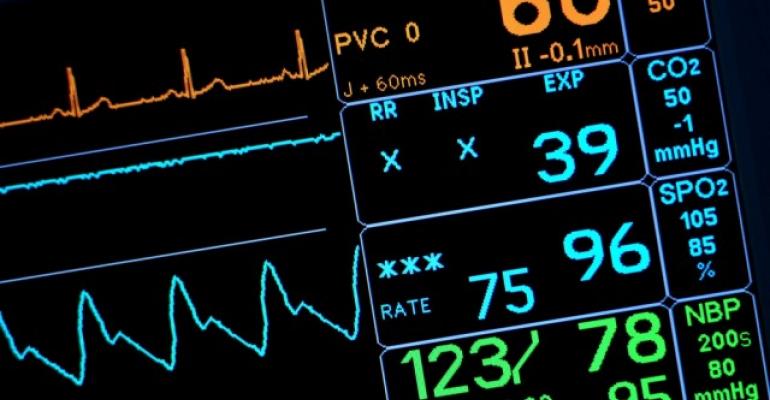During the first half of 2014 the top sectors were Utilities, Energy, and Healthcare. All three sectors are traditionally more defensive in nature, and their solid performance is a signal of cautious investors even though the market recently hit new record highs. Healthcare, as tracked by the Health Care Select Sector SPDR ETF (XLV) gained nearly 13% in the first half of the year. The sector is further benefitting from a wave of mergers and acquisitions amongst pharmaceutical companies. This, all in the face of the much-dreaded “Obamacare” which many pundits thought would damage the overall market – healthcare stocks in particular – due to heightened uncertainty and stunted economic growth. To be fair, accounting for health care spending in the first quarter of 2014 was rather complicated and may point to sector volatility going forward. Health care spending was first thought to have added more than a percentage point to Q1 GDP, but final revisions showed that it cut economic growth by 0.16 percentage points. In other words, consumers are thought to be spending less on health care services. However, these one-time figures do not necessarily imply a longer-term trend – in fact, many analysts believe the greater number of people on insurance rolls will boost health care spending over the long term.
Looking ahead, there is significantly less worry about the Affordable Care Act (“ACA”), as the gamut of healthcare sub-sectors – insurance, medical device providers, pharmaceutical companies, etc. – are all finding their feet under the new law. Amongst professional investors, however, the consensus view remains conservative. As reported in an article by Fox Business, some portfolio managers recommend staying well-diversified across health sub-sectors, companies, and even product lines. For example, in the current environment it is a safer bet to look for pharma companies with 6 to 8 products instead of 1 to 2 blockbuster drugs.
Looking forward, profit estimates for healthcare stocks have increased to 12.2% from 8.3% as of January 1, according to Thomson Reuters. Meanwhile, forecasts for other sectors have declined. To take advantage of the positive trends in the healthcare space, the two ETFs discussed below provide a broad exposure to the sector (XLV) and a concentrated approach to pharmaceutical companies (PPH).
Health Care Select Sector SPDR Fund (NYSE Arca:XLV)
XLV is perhaps the most popular healthcare ETF, as it tracks the S&P Health Care Select Sector Index. The fund is nearly $10 billion in size, with a dividend yield of 1.41% and an estimated 3-5 year EPS growth estimate of 11.30%. The fund’s P/E ratio is 17.3x, with 55 holdings spread across Health Technology (82.22%), Health Services (12.99%), Distribution Services (3.87%), Electronic Technology (0.80%), and Finance (0.27%). The largest holdings include household names Johnson & Johnson, Pfizer, and Merck.
Year-to-date, the fund has returned 10.51%, compared to 10.63% by the S&P 500. Capital Cube shows that a majority of XLV’s holdings have a “total fundamentals score” in the top 50% of their peer group – more than a third of which are peer leaders. These strong scores are being driven by a number of factors, namely, strong earnings leverage, highly sustainable returns, growth-oriented capital investment strategies, and healthy balance sheets.
Market Vectors Pharmaceutical ETF (NYSE Arca:PPH)
Capital Cube lists PPH as a rules-based index intended to track the overall performance of 25 of the largest U.S. publicly traded pharmaceutical companies. Unlike XLV, PPH is a “pure play” into the pharma industry. The fund currently has 27 holdings, including the largest global pharmaceutical companies – JNJ, Novartis, Pfizer, Merck, and Sanofi are the top 5 holdings and make up about 38% of the fund. About 40% of the fund’s constituents are from outside the U.S., which could help alleviate any remaining fears about the effects of the ACA.
PPH has a dividend yield of 1.67%, but a relatively high expense ratio of 0.35%, which makes it slightly less attractive than more diversified healthcare ETFs. Based on Capital Cube’s analysis, nearly 40% of PPH’s constituents are in the top quartile of total fundamental scores. These strong scores – similar to XLV – are being driven by strong earnings leverage, highly sustainable returns, growth-oriented capital investment strategies, and healthy balance sheets.
The views and opinions expressed above are those of the author and do not necessarily reflect the views of CapitalCube.com, AnalytixInsight, Inc., its affiliates, or its employees.









